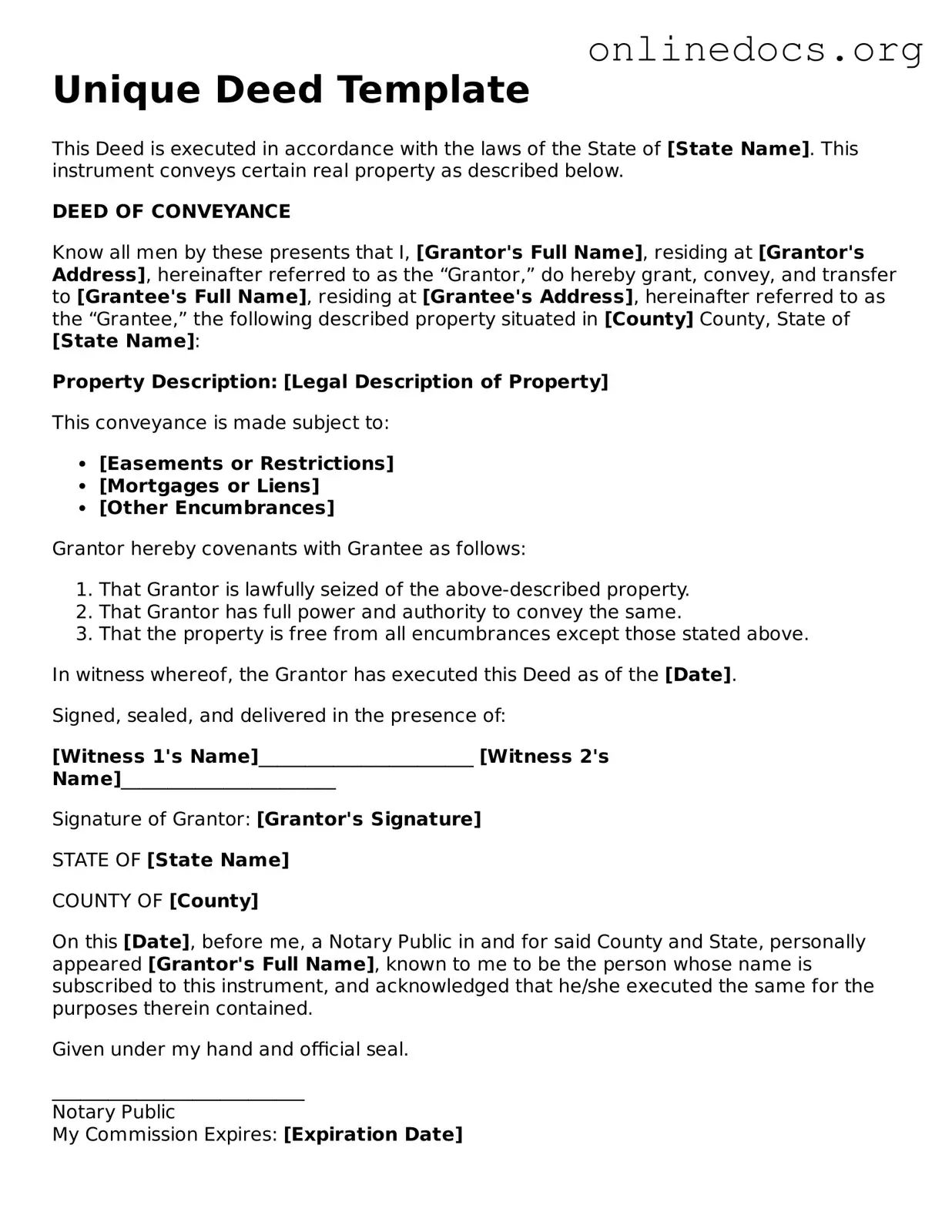Filling out a Deed form can seem straightforward, but many people make common mistakes that can lead to complications down the line. One frequent error is not providing complete information about the property. It’s essential to include the full legal description of the property, which typically involves more than just the street address. Omitting details can create confusion and may even invalidate the deed.
Another common mistake is failing to properly identify the parties involved. The names of the grantor (the person transferring the property) and the grantee (the person receiving the property) must be accurate and consistent throughout the document. Misspellings or incorrect titles can lead to disputes and may require costly corrections later.
Many people overlook the importance of signatures. All parties involved in the transaction must sign the deed. In some cases, notarization is also required. Skipping this step can render the deed unenforceable, which means the transfer of ownership might not be legally recognized.
Additionally, individuals often forget to check local requirements. Different states and counties may have specific regulations regarding Deed forms. Not adhering to these local rules can result in delays or rejection of the deed, so it’s crucial to verify what is needed in your area.
Another mistake involves the failure to record the deed after it has been completed. Simply filling out the form does not finalize the transfer of ownership. Recording the deed with the appropriate government office is necessary to make the transaction public and protect the rights of the new owner.
People sometimes neglect to consider the implications of the type of deed they are using. There are various types of deeds, such as warranty deeds and quitclaim deeds, each serving different purposes. Choosing the wrong type can affect the rights and responsibilities of the parties involved.
Lastly, individuals may not seek professional advice when needed. While it’s possible to fill out a Deed form independently, consulting with a real estate attorney or a qualified professional can help avoid mistakes. Their expertise can provide valuable insights and ensure that the deed meets all legal requirements.
